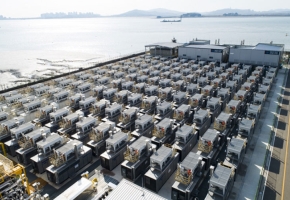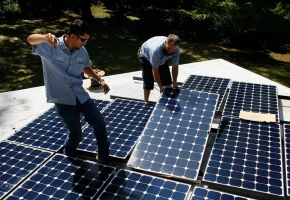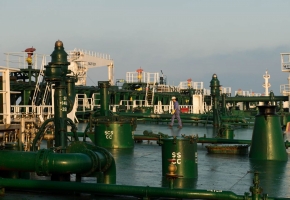Cheap Gas Is Killing Nuclear, Green Power May Finish the Job

Photographer: Volker Hartmann/Getty Images
While nuclear plants struggle to compete with the flood of cheap gas coming from the nation’s shale fields, they still offer a key advantage, supporters say: They generate 24-hour electricity without producing carbon emissions. Renewables, meanwhile, haven’t yet nailed down the storage capacity needed to do that. Proponents insist it’s only a matter of time.
Battery prices have plunged 85% from 2010 through 2018, and huge storage plants are planned in California and Arizona. Meanwhile, science is advancing on new technology - including chemical alternatives to lithium-ion systems - with the potential to supply power for 100 hours straight, sun or no sun.
The drive for grids that are 100% emissions-free is being pushed by a growing number of U.S. states citing increasingly aggressive time frames. In July, New York mandated that 70% of the state’s power come from renewables by 2030, and 100% by 2040. Seven other states, including California, have similar mandates.
By 2035 so-called battery peakers - large arrays that store energy when renewables are working at their peak, and send power when they’re not - will be more cost-competitive, according to BNEF forecasts. Meanwhile, over the same period, nuclear will wane, as high costs force most reactors to just shut down.
Meanwhile, the U.S. Energy Department’s top nuclear official says reactors will play a prominent role in the power mix, and the agency is talking to countries interested in deploying smaller, modular reactors now being developed at lower costs.
“If any country or state is looking to meet their carbon goals, then nuclear energy has to be an absolute part of the solution,” Assistant Secretary Rita Baranwal said in an interview.







